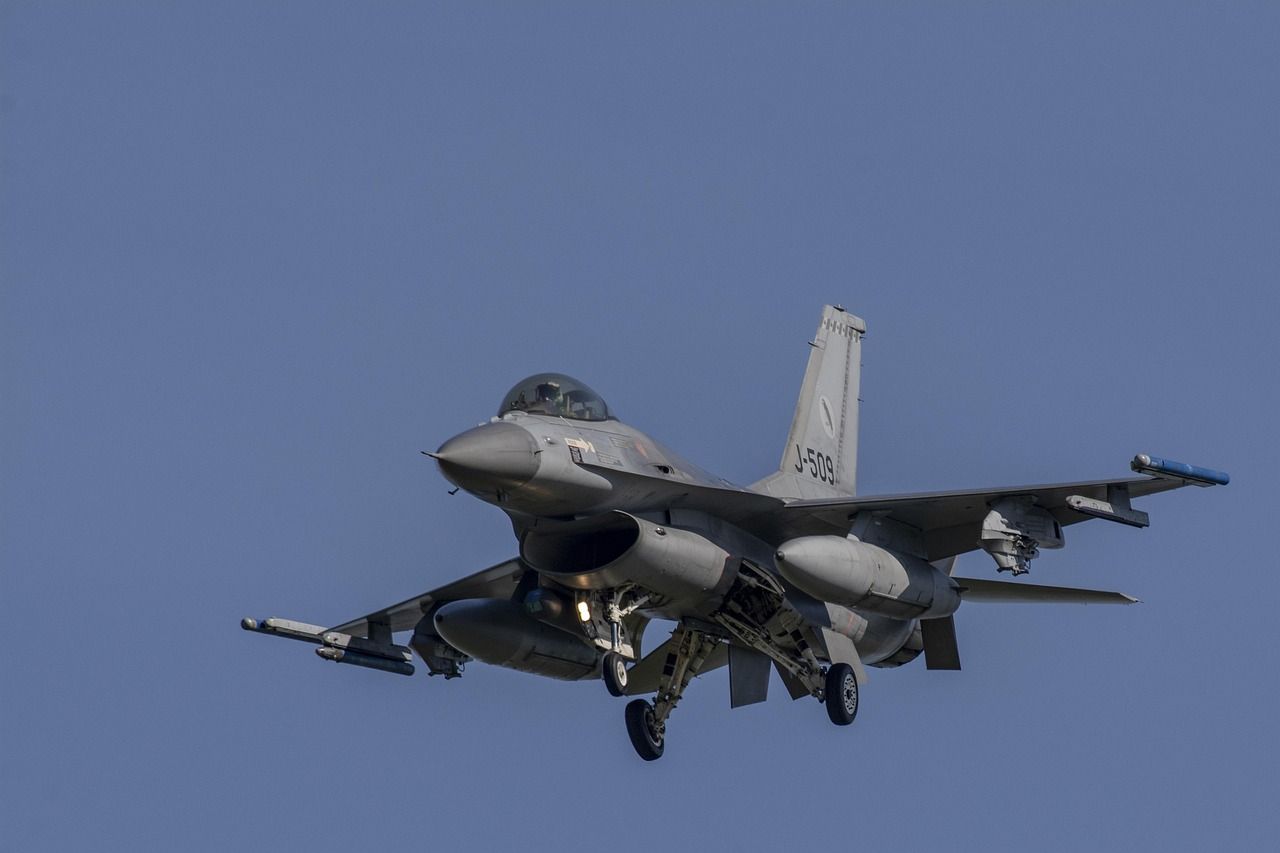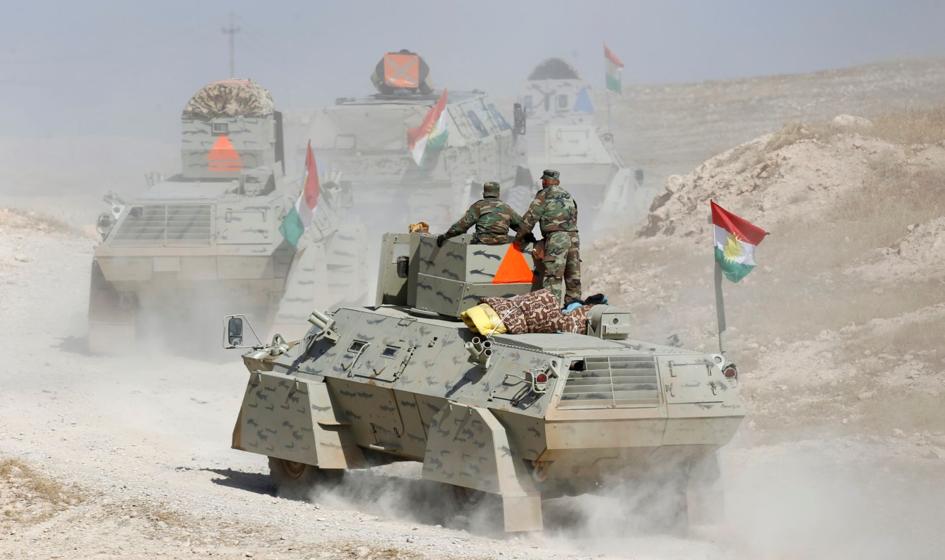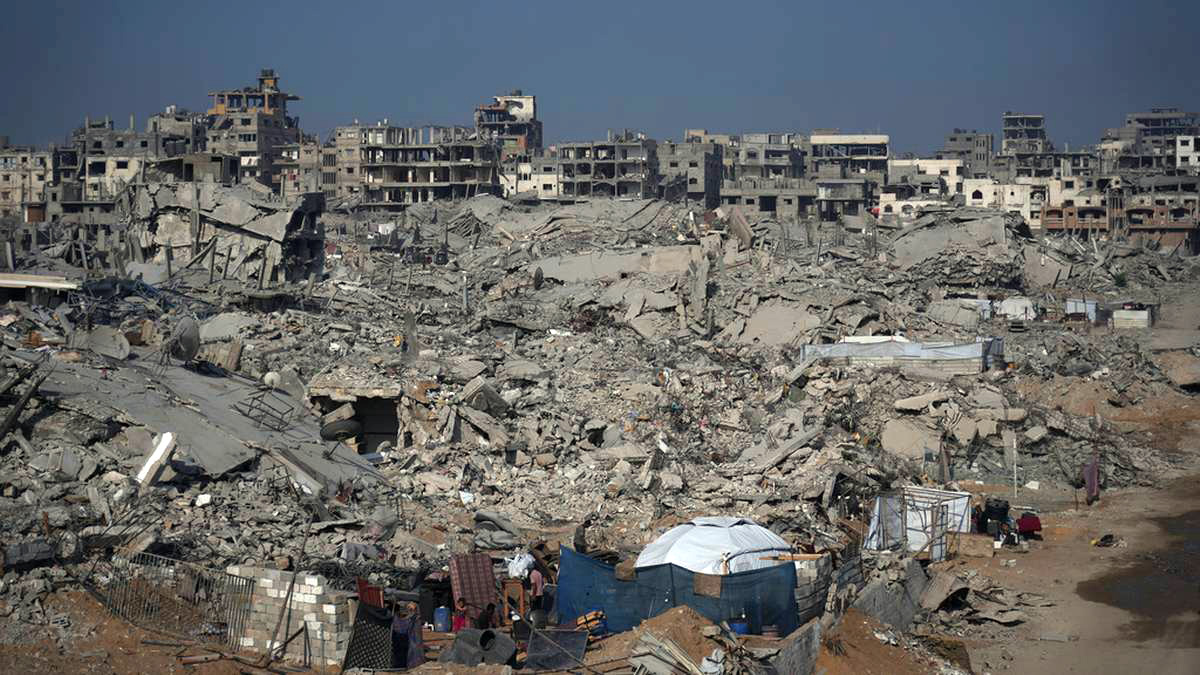A large neutralization of the explosions in the Gulf of Gdańsk began. The divers miner from the 8th Coast Defence Fleet have a full of nearly 100 artillery missiles and a planet War II air bomb to destroy. The ammunition is at a depth of 20 m. It was discovered while preparing to build a floating gas terminal.
Work started yesterday. They are attended by 18 sailors from a group of miner divers of the 13th Tray Squadron. The unit is stationed in close Gdynia, but subject 8 Coast Defence Fleets based in Świnoujście. - We sail on boats. The unexploded remains about six kilometres [6 km] from the shore, at a depth of 20 m. We neutralise them with parties – explained Lieutenant Wojciech Radziszewski, commander Miner divers groups 13th Division. The divers go under water in pairs, after which they install an explosive charge with each of the selected missiles. The charges are connected to the net. The cable is then taken out and connected to the float, or more specifically to the radio detonation control strategy on it. “After completing this part of the task, the boat departs at a safe distance, and the operator initiates the detonation on the radio signal,” explains Mr. The pulse goes to the receiver on the float, and then the wires run to the explosives.
Yesterday, sailors destroyed almost 20 unexploded explosions. But this is just the beginning of work. – In total, we are to neutralize nearly 100 210 mm artillery shells and FAB-100 aircraft bomb. All of this is German and russian ammunition from planet War II. In total, it contains about 1200 kg of explosive material – informs Captain Lukasz Koziarski, press officer of 8 FOW. The unexploded explosions were discovered in December during work related to the construction of a floating LNG terminal. They were taken and transported to a site suitable for neutralisation. Their demolition will proceed until the end of the week. It will most likely proceed next Tuesday. During operations in the vicinity of Gdańsk, it is prohibited to enter the water. The safety region includes a section from entrance number 26 on Stogi beach to entrance number 11 on Orle beach. It's a nine-kilometre stretch. It is patrolled by police, city defender and soldiers of territorial defence troops. The area is besides visited on quads by rescuers from the Gdańsk Sports Centre.
Over the years, there's quite a few old ammunition in the Tricity. No wonder. Intense The fighting took place here both in September 1939, as well as in early 1945. Gdynia was besides targeted by the Allied during the German occupation. Not only was there a strong garrison, but besides a military experimental centre. That is why the city has repeatedly become the mark of massive raids. Today, dangerous memorabilia is removed by bomb squads, but besides by specialists from the miners' flu from the 13th Tray Squadron. It's 1 of 2 of those Navy units. The second is subject to the 12th Tray Squadron and is stationed in Świnoujście. Miners aid guarantee port security, shipping routes, underwater critical infrastructure, but besides key investments for Poland. And this is surely the construction of a floating retention Resolution Unit (FSRU) to aid warrant the country's independency from Russian natural materials. The current diver action is not the first 1 they carry out in connection with terminal work. Last November, they neutralized missiles discovered while preparing for construction.
The terminal will be located in the Gulf of Gdańsk, about 3 kilometres from the shore. That's where the waterfront will be built, where a peculiar regasification unit will be permanently docked. The gas transferred from the tankers will be stored and condensed. Then the fuel under the sea pipeline will flow to Gdańsk and further into the country. The infrastructure of the terminal will be connected to a network of land pipelines which is almost 250 km long. The yearly capacity of the FSRU was calculated at 6.1 billion m3 of gas. According to plans, it should be launched at the turn of 2026 and 2027.








